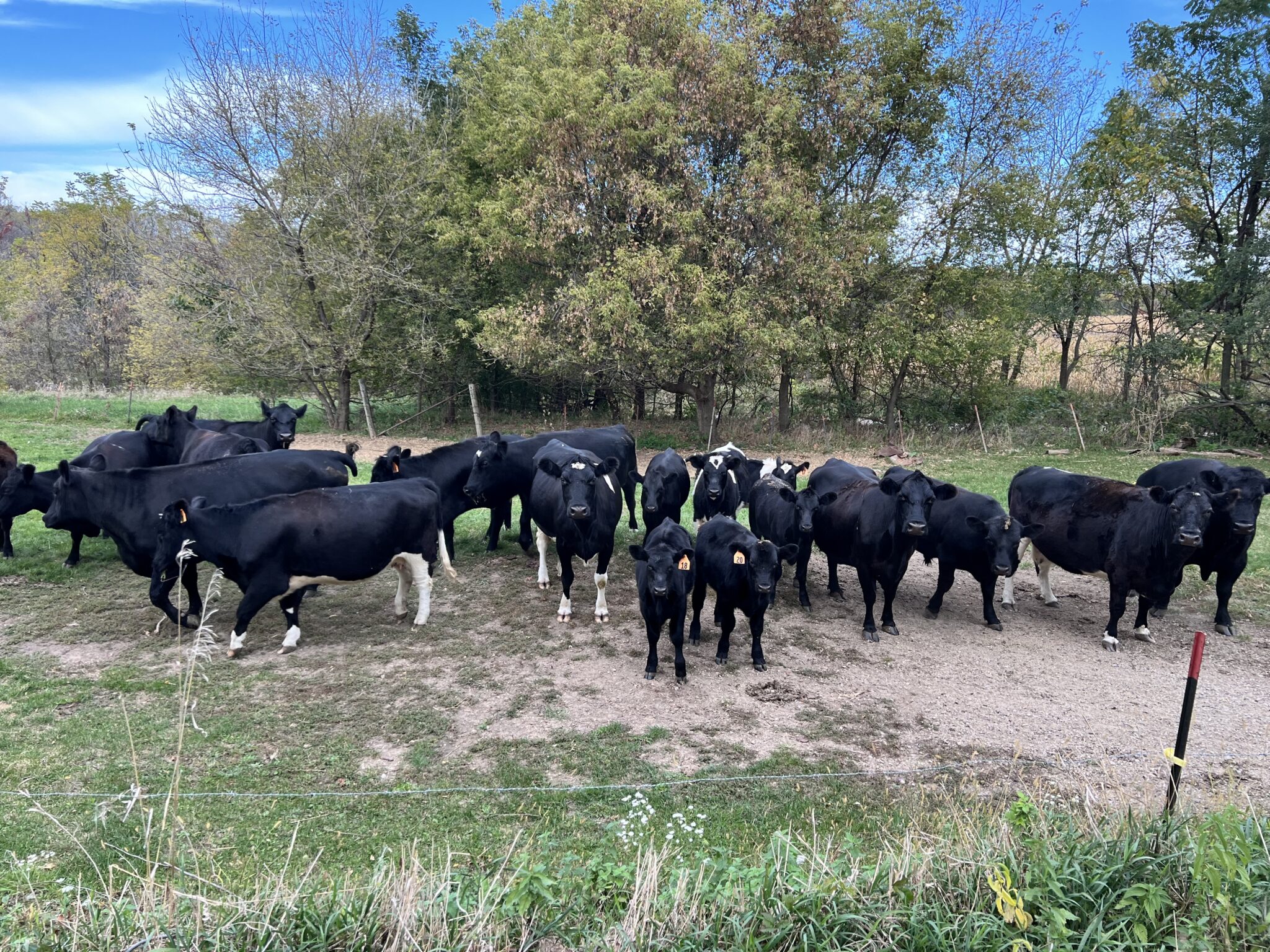I might be repeating myself, but since it was a few years ago… It had really struck me at a concert of kalapini Komkali (a singer I like very much, though not as much as her mother), when she announced before starting that she would be singing a composition of her father’s (kumar gandharva) and in vilambit a traditional composition. It was traditional, but it also contained the name of the composer in the composition- Sadarang- and he is a person in history. Wouldn’t it have been better to say, a traditional composition of Sadarang? His compositions in fact are so dominant in the repertoire of all vocal gharanas that it would be difficult to find a recital where at least one Sadarang song would not be sung. Other composers have been successful, like S.N. Ratanjankar and Daras Piya and there are innumerable compositions whose composer is unknown. Despite the primary importance given to the composition in classical music, especially in the hoary Gwalior gharana and that Sadarang (pen-name of Niyamat Khan) lived in the early 18th century-recent by Indian standards- very little is written about him and his compositions. An excellent book has been written by Shailendra Kumar Goswami in Hindi “Sadarang Adarang, Hindustani sangit ke mahan rachnakar” . Even with my poor Hindi I avidly read this book and highly recommend it. Besides biographical material, he has compared versions of some of the iconic Sadarang compositions between eminent singers of different gharanas, and listed as many sadarang compositions as he could find, an impressive list from “rag Kalpdrum” (19th century) and “kramik pustak malika” of Bhatkhande (20th century). I believe that Acharya Brahaspati the highly regarded vocalist/musicologist of Delhi who died only a few years ago called his vocal tradition “sadarang gharana” rather than what is universally called now – “Rampur-Seheswan”. I am only surmising that this was because of the Rampur vocalists following the form set out by sadarang (as with all gharanas), and not because of a lineage connection. These examples of recognition are exceptional. There are no seminars on his compositions and despite the huge number of Ph.D. degrees given in music departments of universities in India, very little primary research on this subject. Wim had once mentioned that the authenticity of Sadarang compositions is suspect. Anyone could have added “sadarang” into a composition (in the antara as is the practise) to gain authority for the composition. I am sure it has been done but I don’t think to a very important extent if you look at the agreement on so many major compositions between various sources and traditions. That his compositions have stood the test of time to such an extent is remarkable. Since his time there have been thousands composing in the same ragas, same format (vilambit, drut), yet the magic of his compositions every singer knows. I am not qualified to define what it is but to me they always seem very original with melodies that are natural and not obviously complex. I believe that he composed the melodies and they were fitted in to this or that raga after, rather than composing a tune for or in a raga. It is just my feeling and the debate is always there about which came first, the bandish or the raga. I think the raga idea gained prominence more recently in the modern era. Even Faiyaz Khan, the greatest singer of the 20th century, would identify what he sang by the name of the song (the first line of the composition) rather than by the name of the raga. How these Sadarang compositions were sung in his time is another question. I think that obviously the vilambit was faster paced than now, closer to what it is in Bhatkande even, and the drut probably more like qawali, the flavor can be savored in the Faiyaz Khan recordings from the 1940’s where the drut khayal is at a stately majestic tempo and the vocal accompaniment by the masters Latafat Hussain Khan and Ata Hussain Khan. Let me try to find a recording. It is just a guess.
